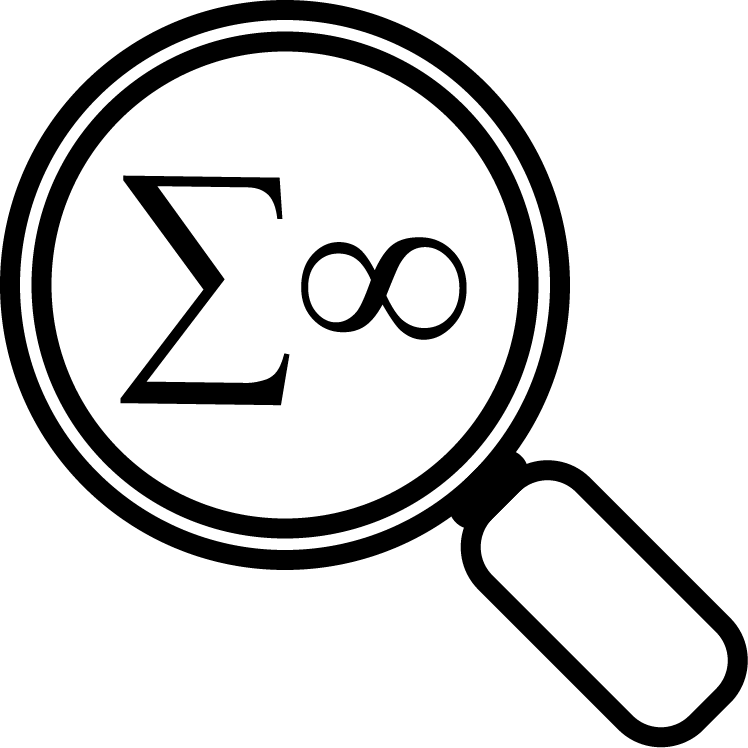Groups of animals can stay together and make fast and accurate decisions if each individual mostly goes with the majority
Background
If groups of animals are to stay together they must agree on choices of activity. Animals don’t have any way of judging the desires of the group in total, but must organise the group only by responding to others nearly them. In several studies it has been shown that group members are more likely to prefer an option if nearby group members also prefer it. This can mean that this choice spreads through the group, one individual to the next. Groups can then make good decisions whilst staying together. But we don’t know the details of the responses that animals will have evolved. For instance, should the probability of choosing an option increase gradually with every other individual that prefer it, or would it be better to have a critical threshold, where each individual suddenly switches if a certain fraction of nearby individuals choose an option?
Findings
We made a model of group decision-making to investigate the best types of response. The model shows that the best shape of the response is a ‘quorum response’, somewhere between the gradual response and the critical threshold type. where small increases fractions of other individuals only slightly increase the probability an individual makes the same choice, apart from around some critical threshold when the probability increases sharply. The exact shape of this relationship can depend on the best balance between making a fast decision versus the risk of making the wrong decision. Using such a form actually improves both speed and accuracy compared to a gradual form.
Implications
The the quorum response type of relationship can enable groups to stay together whilst increasing their decision-making speed and their accuracy. So we expect that lots of social animals have evolved behaviour that looks like they use such a relationship in making decisions. There is evidence that bees and ants use one when choosing a new home; fish do when choosing where to go. However, monkeys don’t, but instead seem to use a gradual form. This might mean that in groups with complex relationships and more intelligent animals, quorum rules might not be used as much.
Subject
Social behaviour
Subject Group
Zoology and Ecology
Keywords
collective
ants
decision-making
speed-accuracy
movement
Posted by
AndrewDHigginson
on Fri Nov 10 2017
Article ID
P3R57363A
Details of original research article:
Sumpter DJT, Pratt SC. Quorum responses and consensus decision making. Philosophical Transactions of the Royal Society B: Biological Sciences. 2008;364(1518):743-753. View the Thread Network for this Finding
View the Thread Network for this Finding
Preceded by:
Democratic decisions by animal groups give better average outcomes than decisions by a despot
Posted by: AndrewDHigginson Posted Fri Nov 10 2017
Great decision accuracy can be achieved by groups through individuals having local interactions without communication
Posted by: AndrewDHigginson Posted Fri Nov 10 2017
Bat groups are willing to split up rather than everyone go with the majority decision
Posted by: AndrewDHigginson Posted Fri Nov 10 2017
Followed by:
Groups of humans show a general intelligence that is not simply related to individual intelligence, but social sensitivity and proportion of women
Posted by: AndrewDHigginson Posted Fri Nov 10 2017
